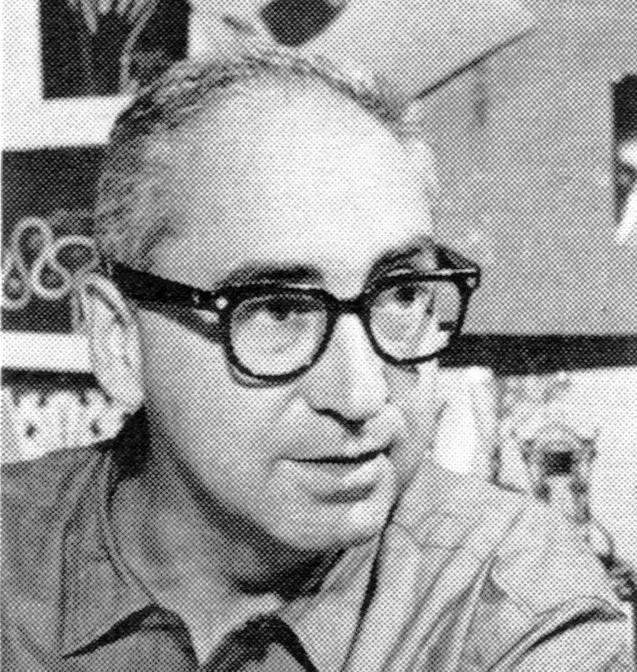
Information
Cover Design: Saul Bass
Content includes:
The World Masters: 1 Saul Bass
K. Domenic Geissb殄ler
A Series of Teacher and His Students Vol. 4: Prof. Gert Wunderlich and His Students Prof. Gert Wunderlich
Poster Designer of Portugal Joao Machado
Andre Thijssen
Graphic Art Exhibition of Susumu Endo Shinichi Segi
‘The Best’ New Zealand Graphic Design Awards 1989
Lewis Moberly Takeo Yao
Richard Kehl Rebecca Segerstrom-Sato
The Trick Shigeo Fukuda
Nicolaus Ott + Bernard Stein Shigeru Watano, Tachiyo Matsuzaki
The 2nd Katsumi-Masaru-Award Winner Takenobu Igarashi
Woods + Woods, fresh-but never trendy
Ishikawa Design Recommendation Project Haruaki Matsuyama
Sergio Liuzzi Guimaraes & Rogerio Martins
David Anson Russo’s Illustrated Letters Rebecca Segerstrom-Sato
Joe Ciardiello
’89 The Art Directors Club Hall of Fame Shinichiro Tora
Kumamoto Design Award Takeo Yao
Series 17-1: Art in New York Today / Jonathan Lasker Shoichiro Higuchi
Details
Linked Information
